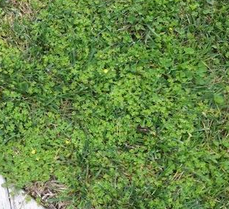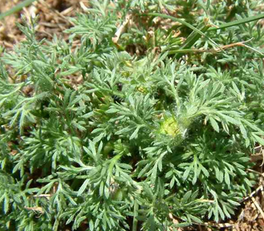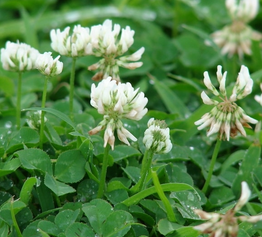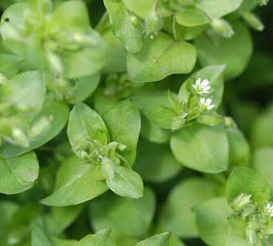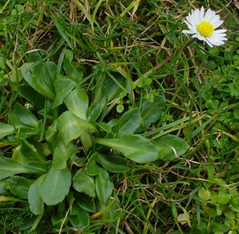Dealing with a range of problems in your lawn
Even with all the best efforts to get that perfect lawn you can be certain issues will arise. A great lawn takes care, maintenance and also addressing issues as they arise. At Complete Landscape Supplies we have a range of solutions to the most common lawn problems. Here are some of our tips for you to get that great lawn - yes a great lawn takes work!!
Prevention.
The best means of preventing problems is to maintain your lawn.
Cut it regularly but never too short as this will shock the grass and increase the chance of weeds and diseases.
Make sure your mower blades are sharp. Blunt blades damage the grass.
Keep your lawn well irrigated. In hot dry summers your lawn will struggle without a good supply of water. If you can’t achieve this manually consider an irrigation system
Fertilise your lawn. Like people, lawns are living and need to be watered and fed. A light amount of granular fertiliser throughout the year will go a long way to producing a great lawn.
Aerate your lawn. If your lawn becomes hard and compacted the roots will struggle and with a weak root system you have an unhealthy lawn. You can hire aerators or do small areas with a pitchfork.
Scarify your lawn. Moss and dead grass at the base of your lawn can prevent moisture and nutrients reaching the roots, and it doesn’t look great Scarify your lawn once a year. You can hire scarifiers or use a sturdy rake. You can hire our rake
Weeds, Pests, Diseases and Other Problems
Even with the best efforts to maintain your lawn, you can’t always avoid pests, weeds or diseases and other problems arising in your lawn. These are some typical issues you may come across and some solutions. Solving problems in your lawn does require trial and error as it may not be obvious at first what the real issues are.
Brown Areas On The Lawn
Finding brown patches in your lawn is common. The difficulty is determining what is causing the problem. There are a number of possible causes for your lawn to have brown patches, and things you can try.
Bugs and Insects: You may have lawn grubs in the soil.If you don’t see beetles, then it may be grubs. Dig out the soil in a number of the brown areas. If lawn grubs are present you may need to treat with an insecticide like Acelepryn.
Deficient in Nitrogen: One of the most common reasons lawns start to brown off is because they are lacking in fertiliser, with a high level of nitrogen. Ideally you should fertilise your lawn through out the year with Lawn Booster
Fungus: Fungus spotting like Rust may be growing on your lawn. Spores will normally wipe off if it is present. This too can be solved with the application of Lawn Booster.
Dry Spot: If you take a sample of the soil under the brown area and it is free of grubs but is very dry, when the rest of the lawn is well irrigated, you might have dry spot. This means the water is not penetrating and the soil is not absorbing the water. To address this you could replace the soil and reseed. You could also aerate the area and apply a wetting agent like Aquaturf
Weeds and Clover
Sadly, no matter how hard you work on you lawn weeds are almost inevitable in New Zealand. From the moment you plant grass seed, your lawn is in a battle with weeds to see who will succeed. If you carry out all the Preventative actions discussed above you will help your lawn win that battle. However, no matter how hard you try you will get weeds
Broad Leaf Weeds: There are a wide variety of weeds that fall into the category of broad leaf weeds. These include, Hawkesbeard, Dockweed, Onehunga Weed. Creeping Oxalis, daisy. The best way to remove broad leaf weeds is to pull them out by the roots and dispose of them. However, if there are a large amount of weeds and/or they cannot be removed at the roots (e.g. clover) you will need to use a broad leaf herbicide like Lawnclean
Moss: Moss will typically take over areas of your lawn that are well shaded and damp. If you are unable to get more light into those areas, for example, by trimming trees, than you will need other methods to remove it. Rake up the moss area and aerate. You can also apply a moss remover like Yield moss remover
Poa Annua: Poa Annua is a variety of grass that broad leaf herbicides will not kill. It is recognised from its light green colour and it always has lots of seed heads - which means it will propagate. Poa Annua is not an easy weed to remove. It can be pulled out but care needs to be taken not to propagate more seed. A herbicide that has the best chance of success is Ethopro.
Compaction: If the ground is really compacted the roots won’t be able to penetrate the soil and may die. Weeds are much more suited to hard, infertile soils and will fill in the areas the lawn can’t survive in. To overcome this you need to poison the weed areas with either glyphosate to kill everything or Lawnclean for selective poisoning of weeds. The compacted soil needs to be aerated. You may then need to add a good quality lawn mix before re-seeding. If the soil is full of hard clay you may need to break it up and add gypsum, before adding the lawn mix.
The lawn is overrun with weeds: If you are struggling to tell if there is any grass in your lawn because of the large amount of weeds and unwanted grass varieties, you may have no choice but to kill the entire lawn area and start again. In this case use a glyphosate herbicide. It might require two or more applications to ensure the lawn is completely dead and you can start again.
Poa Annua






